15 Digital Marketing Types And What It Means For Your Business
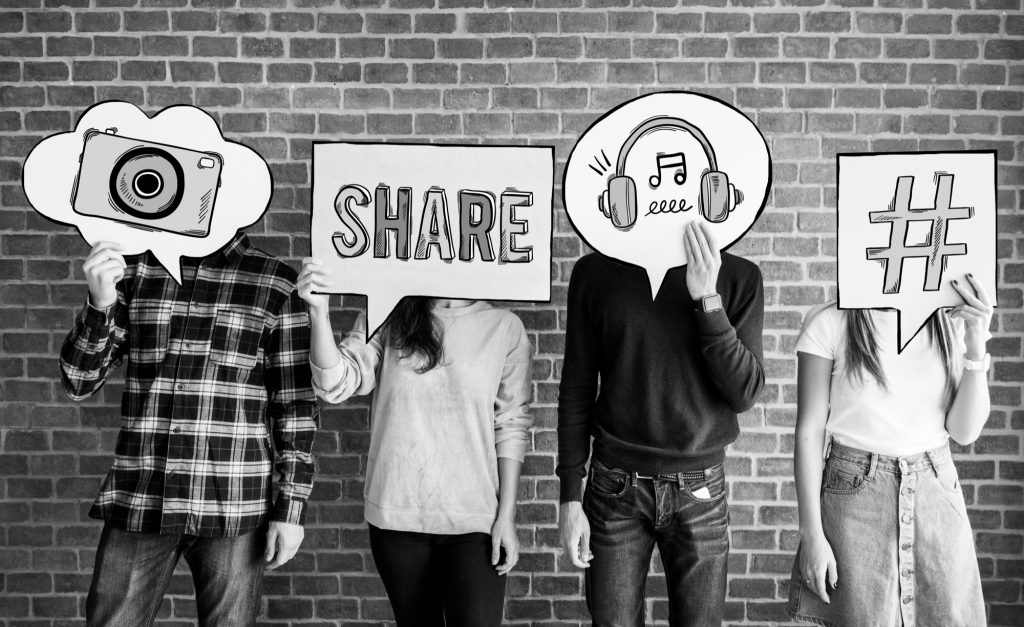
The term digital marketing refers to various marketing and advertising efforts that use digital channels to reach consumers. Certain digital marketing types include advertising, social media, search engine optimization, email marketing, and website development. Advertising is commonly used to promote products or services. Social media platforms, such as Facebook and Twitter, are other ways to promote products.
With the rise in popularity of social media, other digital marketing types have become an integral part of any strategy. Even small businesses can take advantage of digital marketing and grow their business through social media and other platforms.
Digital marketing types are creating and implementing strategic plans and tactics to promote your business on the Internet. It is a way for businesses to promote their products and services to the public through digital channels such as Search, Social Media, and Email.
We outline 15 digital marketing types that can truly help your business but if you are just starting out, you don’t need to focus on all of them. It’s probably a good idea to only focus on a few of them that could possibly bring the most value to your business.
Here Are 15 Digital Marketing Types To Help Your Business
1. Affiliate Marketing
Affiliate marketing is an online marketing strategy that allows affiliates to receive a commission for the sales they generate for the merchant. Affiliate programs can be set up in a variety of ways, depending on the products and services being promoted, the sales strategy being followed and the type of organization the affiliate is in. Affiliate marketing is ideal for e-commerce sites but can also be used for other marketing campaigns, such as lead generation, e-mail marketing, or other lead-generation marketing efforts.
2. Mobile Marketing
Mobile marketing is a form of digital marketing that uses mobile technology to reach consumers more effectively. It involves the use of mobile devices, smartphones, and tablets to reach consumers with advertising, personal promotion, or other marketing messages. In recent years, it has become more difficult to reach consumers using other traditional advertising media such as television, radio, and newspapers. This trend has resulted in a shift toward mobile.
3. Email Marketing
Email marketing is a cost-effective way to connect with your customers and increase sales. Email marketing is the process of using email to send out marketing messages to a group of people. It is a highly cost-effective way of communicating with your customers and potential customers, and it also has the capability to generate high-quality leads that are ready to take action.
The goal of email marketing is to send a message to a large group of people and have them share the email with their friends, family, and peers. There are many different forms of electronic messaging, but all of them consist of a series of e-mails or other communications that are sent to a specific list of recipients.
4. Content Marketing
Content marketing is the process of generating content and delivering it in a way that is attractive, valuable, and provides a good user experience. It can also be defined as the process of using content to attract, engage and convert customers. It can also be referred to as Inbound Marketing, Content Marketing, or sometimes simply Marketing.
It’s also a great way to connect with people and grow your audience. Content marketing is a big part of any digital marketing strategy, but it’s not the only one. It’s also a critical part of the customer acquisition process. Content marketing is used to build brand awareness and drive more sales.
If you’re looking for a fresh, new approach to content marketing, content marketing is for you. Content marketing is more than just posting fluff on your website. It’s a strategic approach to developing and distributing content that is designed to create interest and build brand awareness.
5. Social Media Marketing
Social media marketing (or SMM) is the use of social platforms to build awareness, acquire new customers, and retain current customers. It can also be defined as the use of social networking platforms to promote a brand, product, or service. It is essentially a marketing technique that involves leveraging social media platforms to promote a brand, product, or service. As such, it is not limited to traditional media like television, radio, and print but also extends to include digital channels, as well as non-traditional ones.
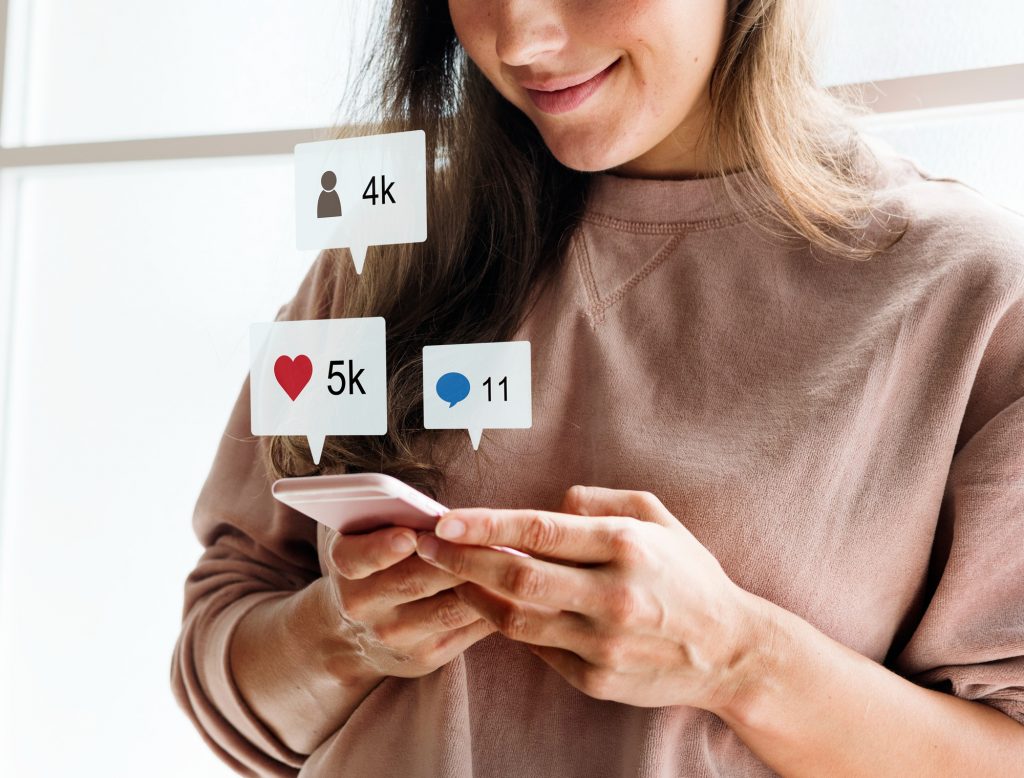
Social media marketing (also known as ‘social media advertising) is a form of advertising that involves creating and sharing content on social media platforms such as Facebook, Twitter, Instagram, YouTube, TikTok, and LinkedIn, in order to increase brand awareness and drive traffic to a website.
6. Search Engine Optimization
Search Engine Optimization (SEO) is the process of improving the visibility of a website or a page in a search engine’s results. Optimizing a website’s content involves changing the way the site is designed and coded and can involve many different techniques. These techniques are used to increase the number of visitors that visit the site, the number of people who click on the site’s links, and the number of people who purchase the product or service.
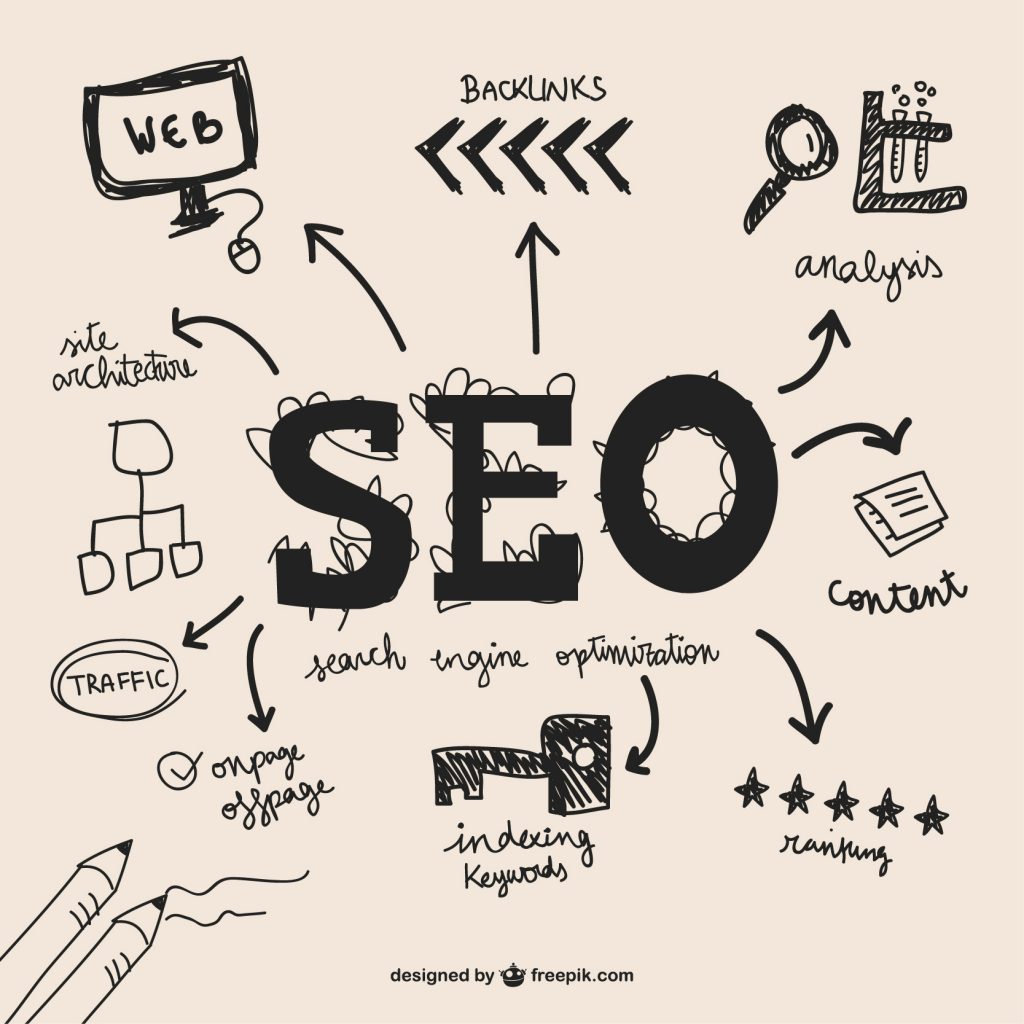
Search engine optimization can involve paid and unpaid methods, but the two are not mutually exclusive. Search engine optimization is most effective when applied to appropriate keywords and targeted users, and only to those keywords and users that are highly relevant to the page; however, search engines are getting better at catching spun content and removing it from the search results.
7. Audio Marketing
Audio Marketing is the process of promoting your business through audio content such as audio ads, audio videos, podcasts, etc. Audio Marketing is a great way for your business to reach your customers in a different way. It is a great way to get your business noticed, especially in the crowded digital space and amongst the noise.
8. Video Marketing
Video marketing is the process of promoting your business through video content such as videos, videos podcasts, and other similar content. Video marketing is a great way for your business to reach your customers in a different way.
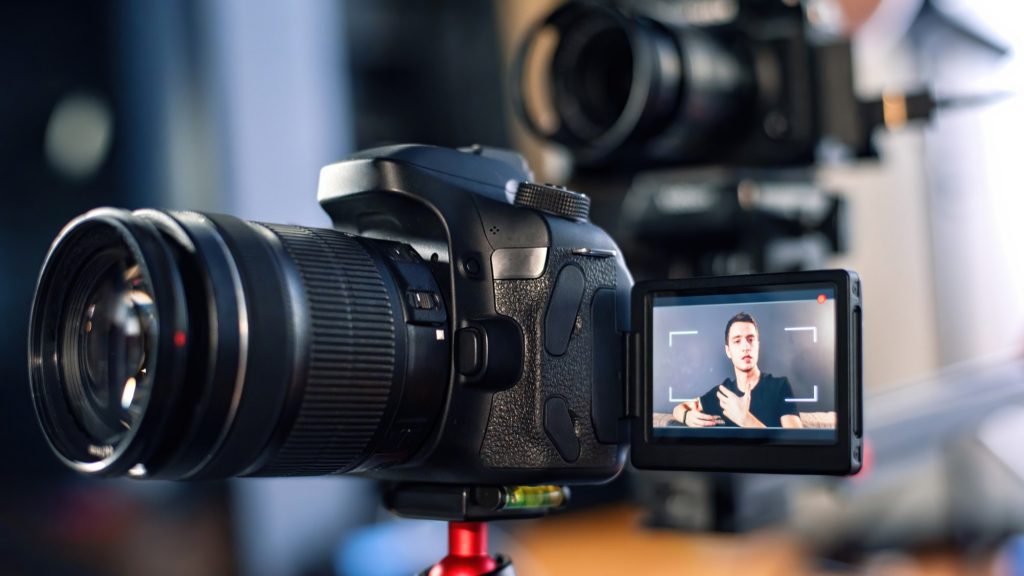
It is a great way to get your business noticed, especially in the crowded digital space and amongst the noise. Video marketing is a great way to get your business noticed, especially in the crowded digital space and amongst the noise. Here are some interesting statistics about video that you should know.
9. Paid Advertising Marketing
Paid advertising marketing is a form of advertising that involves the use of a third-party advertising company to pay for ads on behalf of a business. It’s a multi-channel marketing strategy that helps increase brand awareness and drive sales by allowing you to advertise your brand to reach the largest possible audience.
Also, the use of specific channels to reach a targeted group of people with a specific message, either through paid advertisements, paid search, paid social, display advertising, or sponsored content. It can be used to promote a brand online or on other media. It can also be used to advertise events, products, or services. This can include advertisements on television, radio, the Internet, or print media.
10. Virtual And Augmented Reality Marketing
Virtual and Augmented Reality Marketing are marketing strategies that use technology to create a realistic simulation that can be interacted with in a way that simulates real life. This can be achieved by using a headset and a sensor to create a three-dimensional environment that can be interacted with.

This can be used for many purposes, such as marketing purposes. It can be used to produce a simulated experience for the user, such as for marketing purposes.
As with “virtual” the term “augmented reality” is used to refer to technology that merges the real with the virtual, or mixes the two. Both can be used to enhance the real-world experience and is a relatively new term for the technology. As such, their definitions are evolving as so with how to properly advertise or market using them.
11. Instant Message Marketing
Instant message marketing is the process of using instant messaging to market products and services. It is often used for direct sales, where a salesperson can be virtually anywhere, and use instant messaging to communicate with an interested party, whether they are a current or potential customer. This usually includes a combination of instant messaging software and the social web.
12. Influence Marketing
Influence marketing is a framework for understanding how to increase the impact of your content and build your brand by influencing the thoughts and actions of others. It’s about getting your message in front of the right people at the right time in the right way.

It’s all about using social media and other digital platforms to make sure your brand is front and center and effectively reaching your audience.
Known for being a process of using strategies to persuade others to take certain actions, influence marketing can be used to promote a brand, product, or service, or to persuade people to take a certain action or make a certain purchase.
13. Viral Marketing
Viral marketing is a type of marketing that relies on the distribution of information, ideas, and materials through the use of digital technology, for example, via email, text messaging, or social media. Viral marketing can be used to promote a product, service, brand, group, cause, movement, or political campaign. Viral marketing is used to create a sense of urgency in consumers to act swiftly and take an action.
14. User-Generated Content Marketing
User-generated content (UGC) is a marketing technique in which a user is incentivized to create original content. Content marketing works best when used in conjunction with other marketing efforts such as search engine optimization, social media, email marketing, and more. It is often used by small businesses to convey their marketing messages to consumers.
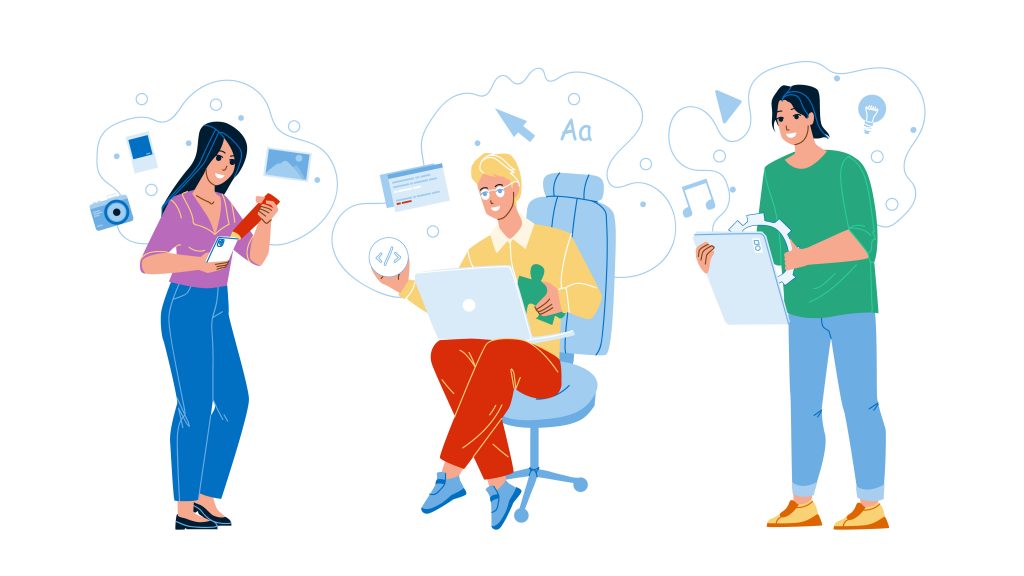
User-generated content marketing uses the power of the internet to engage with consumers and build relationships with them. It leverages the internet to create opportunities for engagement and allows consumers to take a more active role in their own marketing, which increases the chance of them being receptive to a brand’s messaging. User-generated content marketing can be used to reach new audiences, build a stronger brand identity, and engage with new customers.
15. Personalization Marketing
Personalization marketing is a form of marketing where the message is customized in some way to the individual, who is targeted for specific reasons. As with all forms of marketing, the goal is to make the message as relevant to the consumer as possible, and to the individual as possible. It is about using data from previous interactions with a customer to provide a more relevant and personalized experience to the customer.
What Are Some Other Digital Marketing Types That Can Help Businesses?
Leave A Comment Below!
Check Out This Helpful Content:
What Digital Marketing Means (Easiest Way To Understand It) [Article]
What Digital Marketing Skills Are In Demand Or Most Useful? [Article]
13 Digital Marketing Consulting Types For Your Small Business [Article]
Digital Marketing Services And Its Benefits For Creators [Article]
21 Top Digital Marketing Trends For Business (2022) [Article]
How To Start A Digital Marketing Business (With Zero Experience)! [Article]
What Is A Digital Marketing Strategy For Content Creators? [Article]
Learn Digital Marketing Online For Free [Article]


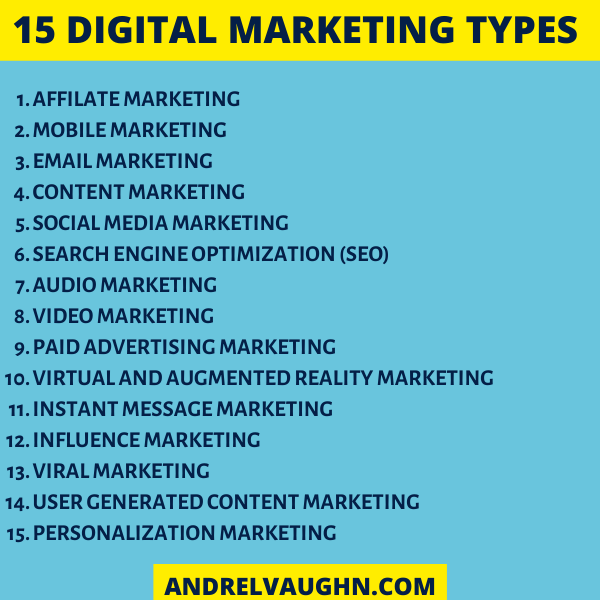



[…] 15 Digital Marketing Types And What It Means For Your Business [Article] […]